When considering the fish you are going to keep, it is as important to think about what conditions and environment you will be keeping them in too. From experience I would say that a relaxed fish is a happy fish and as such I believe in keeping a fish surroundings and environment in their tank as close to nature as you can. So how can you create the biotype of a rift valley cichlid from the likes of Lake Malawi and Lake Tanganyika without having to have a tank the size of your house – ocean rock is the answer.
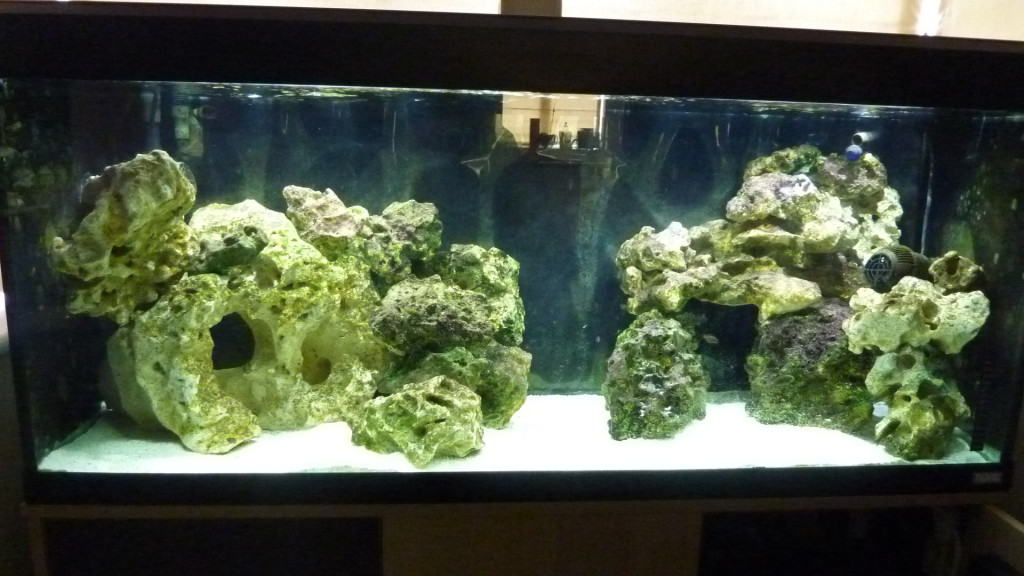
One reason ocean rock is perfect for African rift valley aquariums is it’s natural tendency to increase the pH of your fish tank to the high alkaline levels these types of fish require. Ocean Rock can often look a bit bright and bland when it is first introduced to a fish tank however given the right lighting conditions and a couple of months of patience it can end up looking stunning and add the “greenery” you might feel like you are missing from a rift valley fish tank.
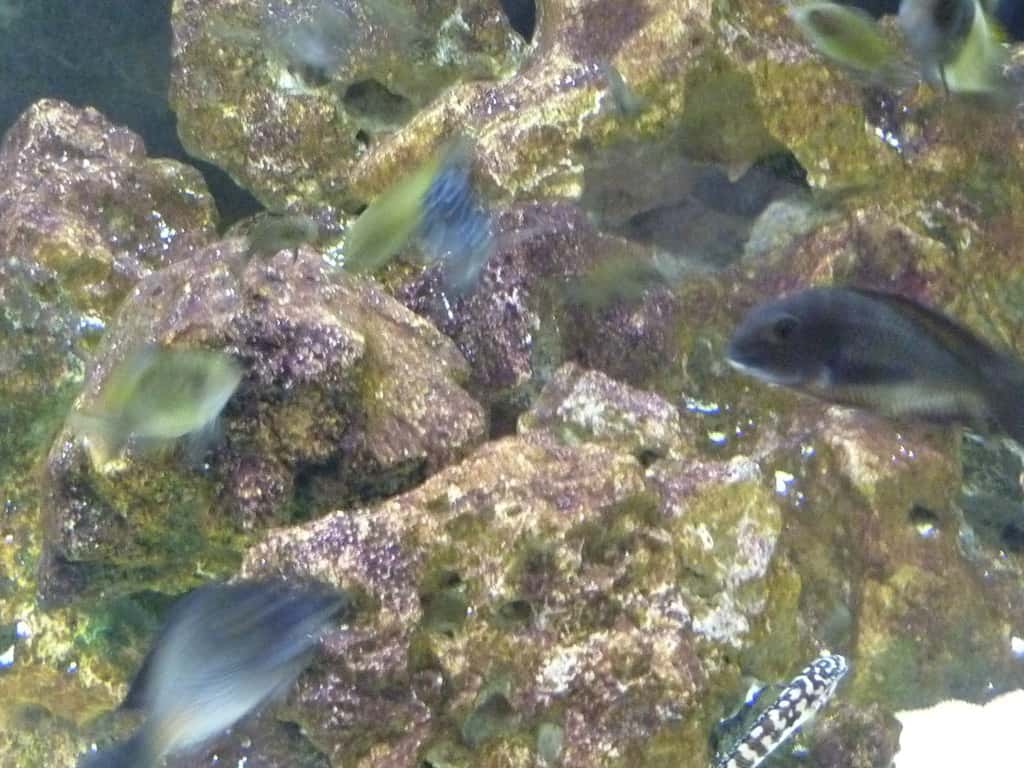
As you can see from the mature ocean rock picture above, it can really look quite stunning when it has had time to settle and mature.
Although the rocks in lakes such as Malawi, Tanganyika and Victoria in South Africa will often have boulders and rocks which are meters in diameter, it is obviously unrealistic to use such rocks in the home aquarium. The key to ocean rock being the rock of choice for these types of aquariums is down to its crevices and holes which allow smaller fish and fry to hide away and have a safe haven away from the hustle and bustle that may be in the rest of the tank. I have only ever stripped Tropheus of their fry a couple of times yet have had hundreds of healthy fry born over the years due to them being able to hide within the rocks whilst they are growing on.
The negative point about using ocean rock in your aquarium is that it is heavy and can be sharp so I would definitely be very cautious when putting it in the tank and taking it out or moving it around. Always ensure there is enough of a cushion of gravel in between the rock and the glass base. Some pieces of ocean rock can be upwards of 20kg like the piece showed below.
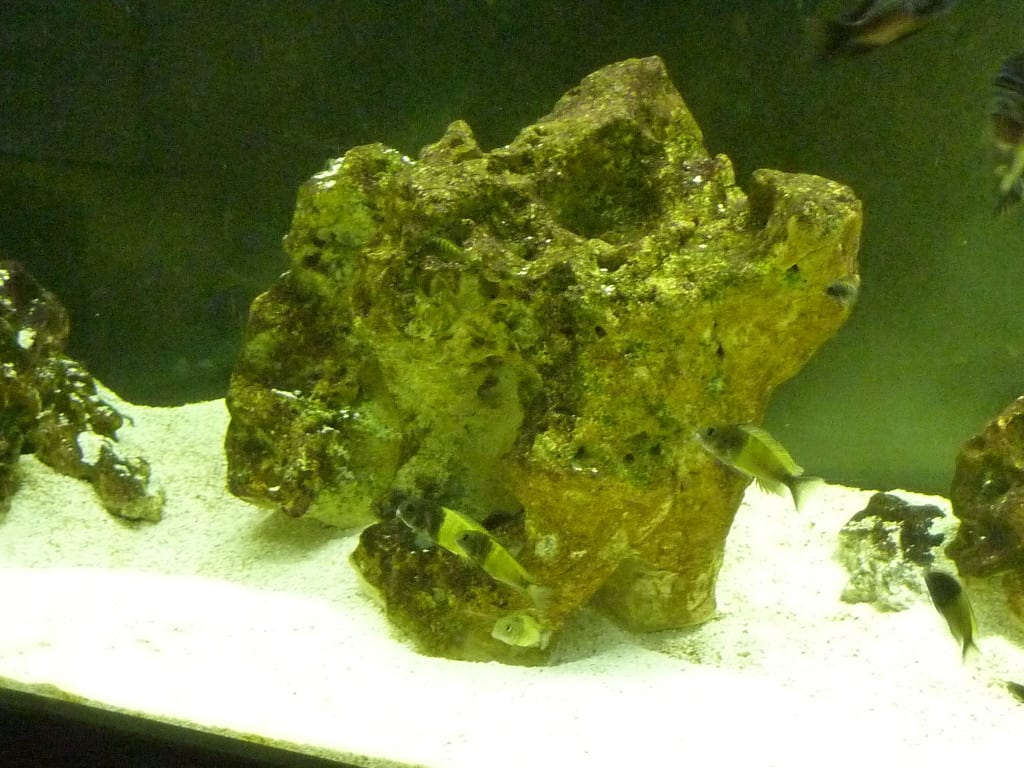
Bringing things back to a positive, you will also find that once the algae has had a chance to grow on the ocean rock that you will get such a fine film that all rocks in a stack will end up looking like one larger rock or outcrop which, again, fits in more with the aquarium biotype typically associated with ocean rock.
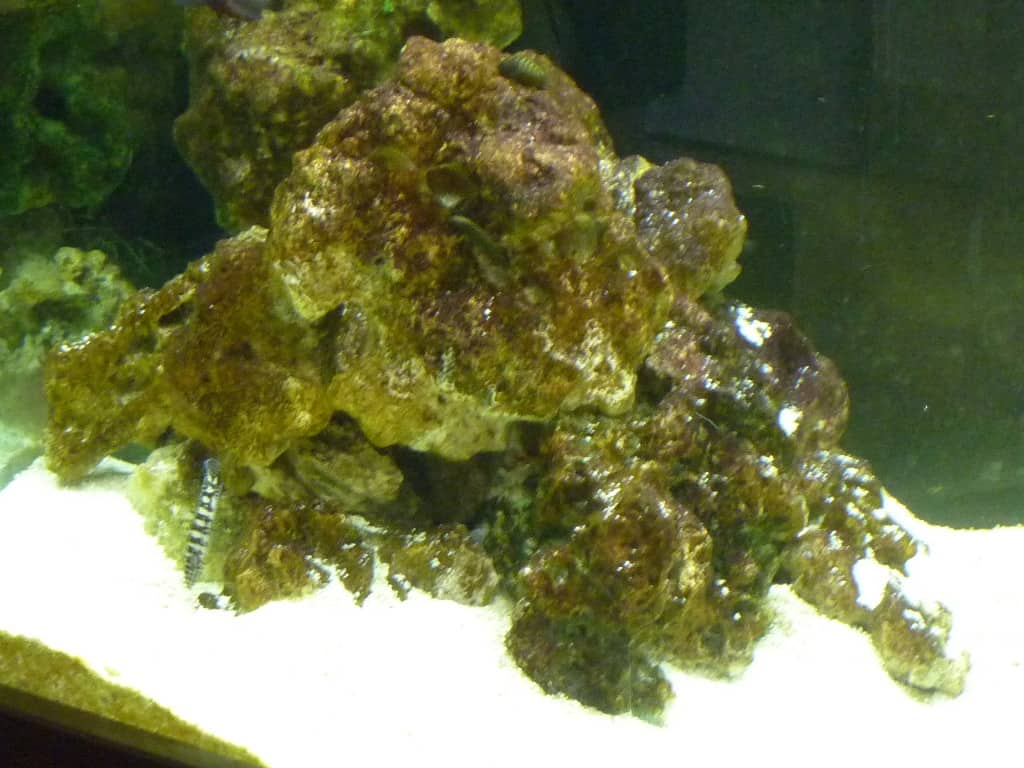
When building a pile or stack of ocean rock, always ensure it is tightly packed as cichlids will dig under it and the last thing you want is your stack to fall apart or come tumbling down, some of my favourite aquascapes that I have down with ocean rock have involved stacking the rock right up the back of the tank of the tank from floor to ceiling, here’s a video to demonstrate one of my favourites:
Ocean rock can be found in most local fish stores and I’ve seen it priced at anything between £2.00 to £4.00 per kg although if you shop around on the classifieds and the like then you should be able to pick it up at about £1.00 per kg.
After trying out various different types of rock in the fish tank aquarium over the years I always come back to ocean rock, for me it covers all aspects of what you are looking for – realism of the biotype, hiding places for fry and happy fish that feed off it.

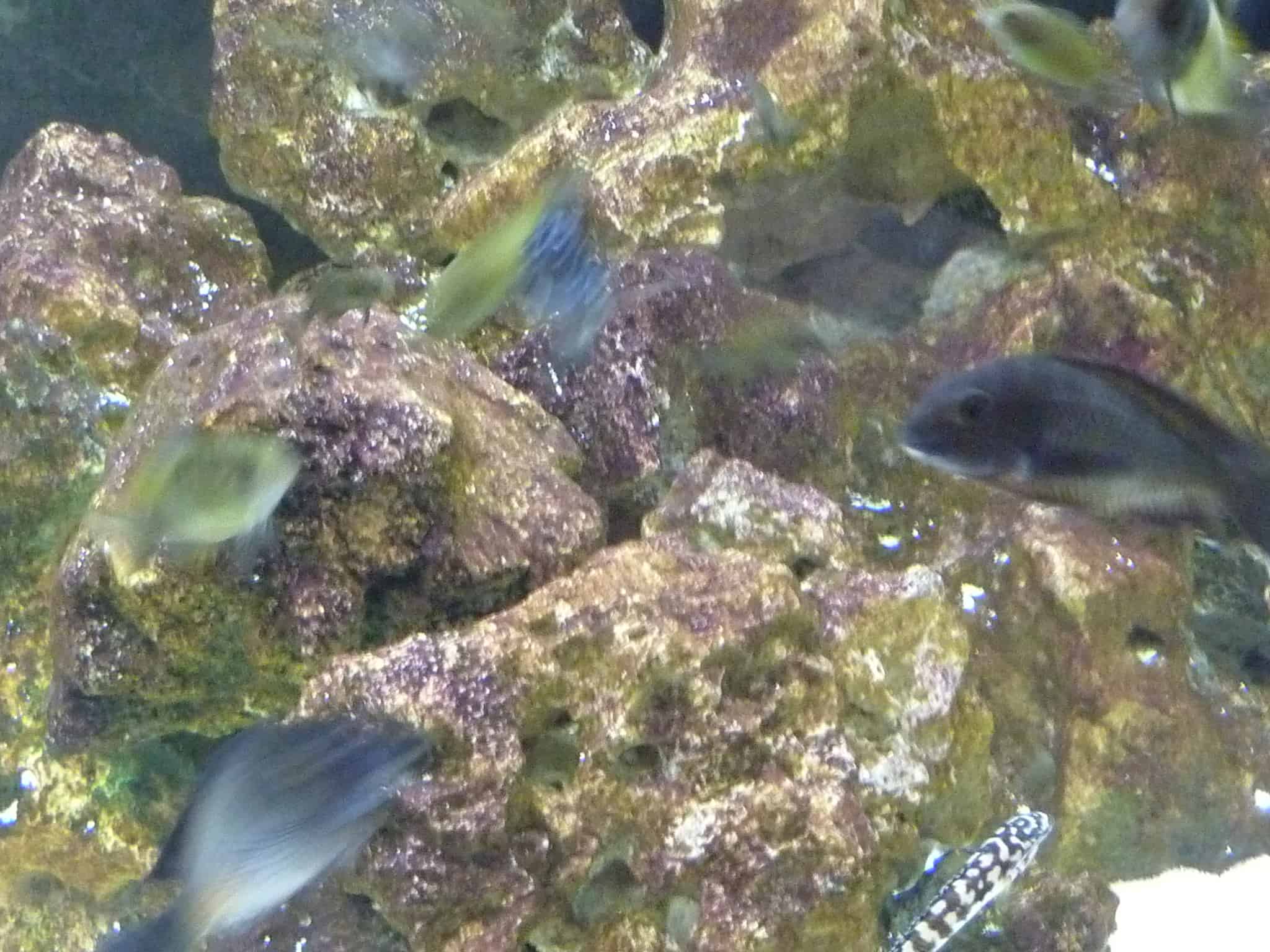
Related Posts
Unipac Okiishi Decorative Rock Review